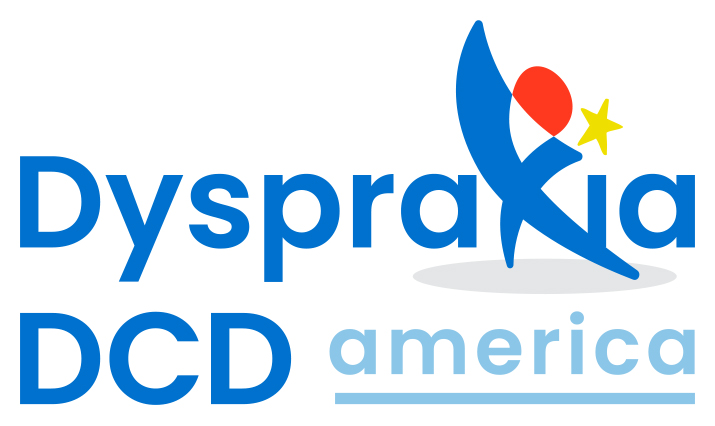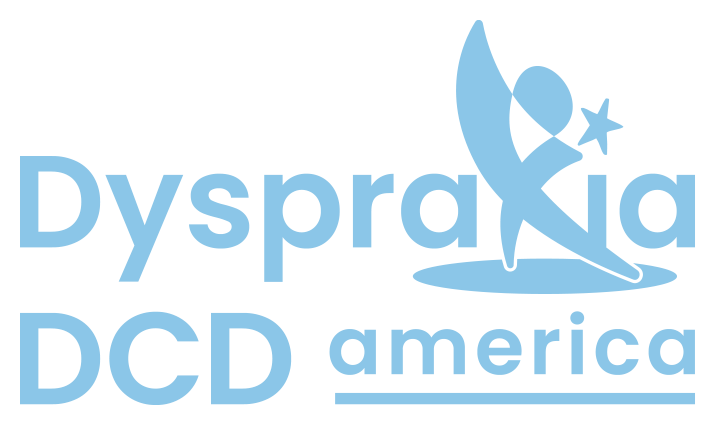Educators
Have you ever had a student who:
- Frequently submitted assignments late or not at all?
- Wrote illegibly and had difficulty organizing their thoughts on paper?
- Constantly misplaced items?
- Repeatedly bumped into objects or people?
- Often sat in a sloppy manner or fell out of their chair?
- Seemed to be a loner and had difficulty interacting with others?
Perhaps you asked yourself, “Why won’t this student just pay attention and follow directions?” It may be that the student experiences Dyspraxia/DCD and can’t just pay attention and follow directions.
What Should Educators Know About Dyspraxia/DCD?
Dyspraxia, also known as Developmental Coordination Disorder (DCD), is a Neurodevelopmental Disorder (NDD) that affects motor coordination and creates a significant impact on both academic and daily living activities (Cleaton et al., 2021).
Dyspraxia/DCD affects 5 to 6% of the population (Blank et al., 2019). This means that it is likely that at least one student in every classroom is coping with the impact of this lifelong condition. While difficulties with movement, coordination and motor planning are the main symptoms of Dyspraxia/DCD, struggles in other areas may also be involved. Symptoms range from mild to severe and vary widely from one individual to another, and for the same individual from one day to the next. Overlap with other conditions, such as ADHD (Attention Deficit Hyperactivity Disorder), dyslexia, dyscalculia, and anxiety frequently occurs.
Dyspraxia/DCD does not affect intelligence, but it can affect the ability to keep up in school and make learning more challenging compared to peers. Difficulty making friends, depression and anxiety may result from the frustration, embarrassment, and stigma of struggling to keep up with peers. These difficulties often continue into adulthood and present challenges with daily life at home, at school, and at work.
There is no “average” person with Dyspraxia/DCD – each individual has different challenges and abilities and what may be a challenge for one individual may be a strength for another. Persons with Dyspraxia/DCD often develop coping strategies which require them to work much harder than their peers.


“… some learners will be more severely affected than others and dyspraxic individuals will tend to have a ‘cocktail’ of symptoms rather than a whole gamut of attributes. Each learner with dyspraxia is unique and effective strategies will vary between individuals.”
Alison Patrick, 2015, The Dyspraxic Learner: Strategies for Success

Although Dyspraxia/DCD is as common as ADHD and more common than Autism, it is unfamiliar to many parents, teachers, and healthcare professionals in the United States.
Awareness of this condition allows educators to tap into a repertoire of strategies so that they can help students of all ages achieve their full academic potential.
References
Blank R, Barnett AL, Cairney J, Green D, Kirby A, Polatajko H, et al., (2019). International clinical practice recommendations on the definition, diagnosis, assessment, intervention, and psychosocial aspects of developmental coordination disorder. Dev Med Child Neurol., 61:242–85.
Cleaton, M. A. M., Tal-Saban, M., Hill, E. L., & Kirby, A. (2021). Gender and age differences in the presentation of at-risk or probable Developmental Coordination Disorder in adults. Research in developmental disabilities, 115, 104010.
Patrick, A. (2015). The Dyspraxic Learner: Strategies for Success.Jessica Kingsley Publishers.
The Individuals with Disabilities Education Act. 20USC §1400 (2004).


